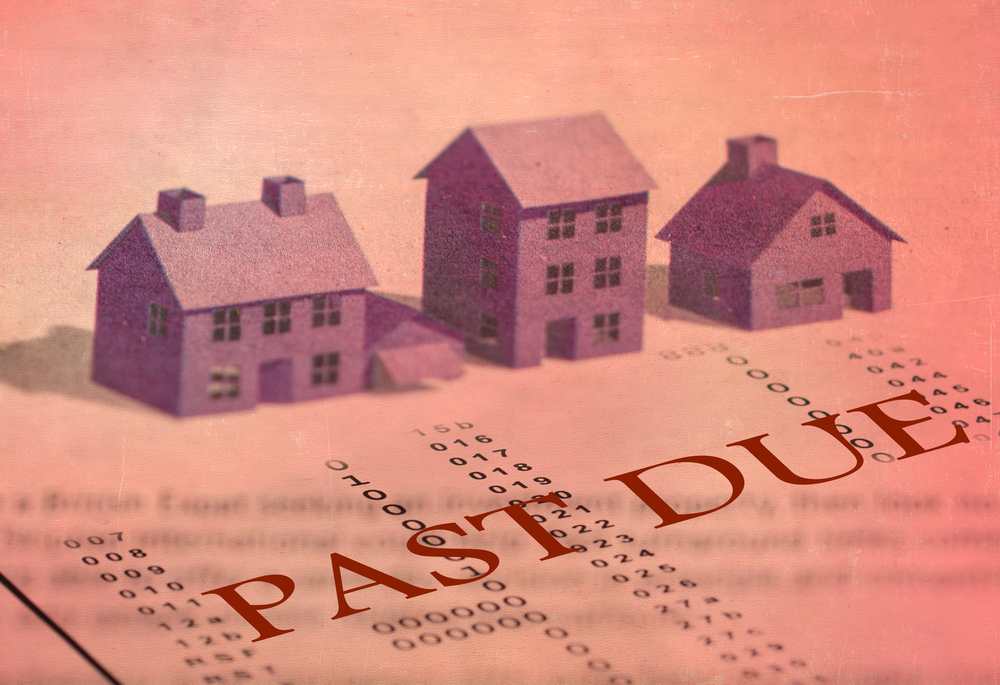As most of the country inches toward recovery from the foreclosure crisis, a recent report indicates that New York City has not been quite as successful at turning things around. The same is true for the rest of the state of New York. This is according to a report released last month by ATTOM Data Solutions, which is a curator of the nation’s largest fused property database.
New York City Foreclosures on a the Rise
In the month of October, more than 1,100 households in the city of New York fell into foreclosure. While this is far from the October 2007 peak of 3,200 foreclosures, it does represent a 37 percent increase when compared to last year and a 32 percent increase when compared to the previous month.
The picture is much the same when looking specifically at Queens, where approximately 400 new foreclosure cases occurred in the month of October. Brooklyn wasn’t far behind with 365 new cases, while the state of New York saw an overall increase of approximately 15 percent when comparing month-to-month data while year-over-year data saw a 10 percent increase.
National Foreclosure Rates Experience a Decrease
When examining national data, the overall number of properties with foreclosures – which includes default notices, scheduled auctions and bank repossessions – fell by 8 percent to 105,481. This is up by 27 percent from a 129-month low in September, but still down by 8 percent when compared to last year. These figures represent the 13th consecutive month where foreclosures experienced a drop when comparing year-to-year data. Nonetheless, the month-over-month increase in October was the biggest monthly increase to be posted since August 2007.
Despite the overall drop in foreclosure rates in the United States, New York wasn’t the only state to experience an increase in foreclosure rates when comparing year-over-year data. In fact, 27 other states and the District of Columbia posted increases, with Colorado (up by 64 percent), Georgia (up by 22 percent) and Pennsylvania (up by 20 percent) being among those states that experienced the steepest increase.
According to experts, these increases can be largely attributed to loans originated since 2009 after most of the risky lending that fueled the last housing boom came to an end. Therefore, while the October increase is not enough evidence to indicate a new foreclosure crisis, it does illustrate the fact that the housing recovery remains ongoing. Furthermore, this is potential for additional hiccups next year once the Home Affordable Mortgage Program (HAMP) comes to an end on December 31.
Those loans that were used in the housing recovery, such as FHA and VA with low down payments, appear to be the most susceptible to foreclosure at this time. In fact, FHA and VA loans combined represent 49 percent of all active foreclosure inventory for those loans that originated in the seven years ending in 2015. On the other hand, FHA and VA loans only represent 12 percent of active foreclosure inventory among loans originated in the seven-year period spanning from 2002 through 2008.

